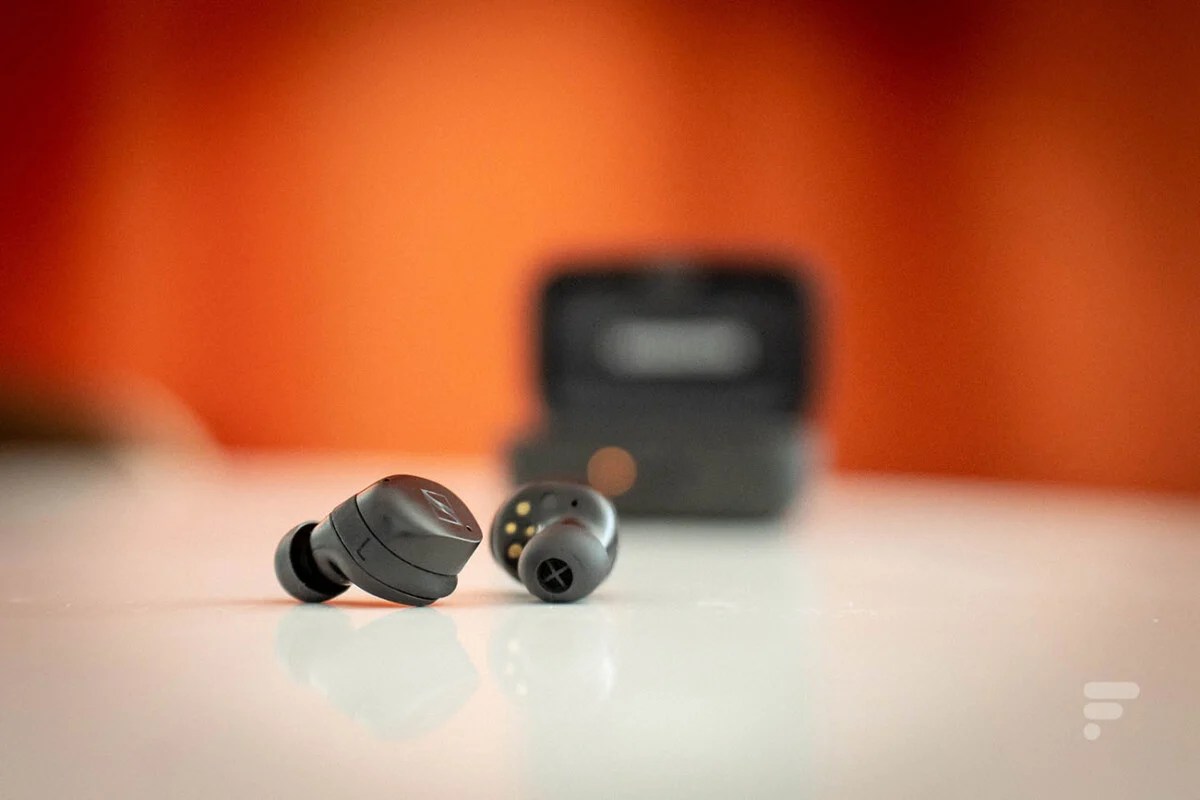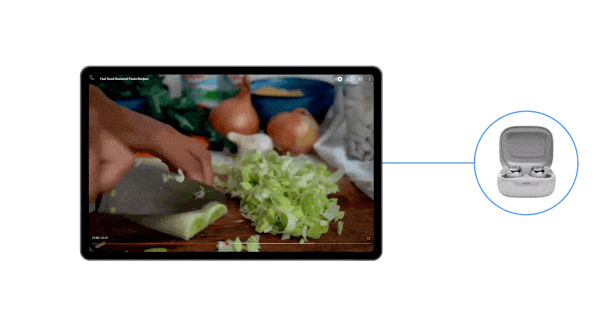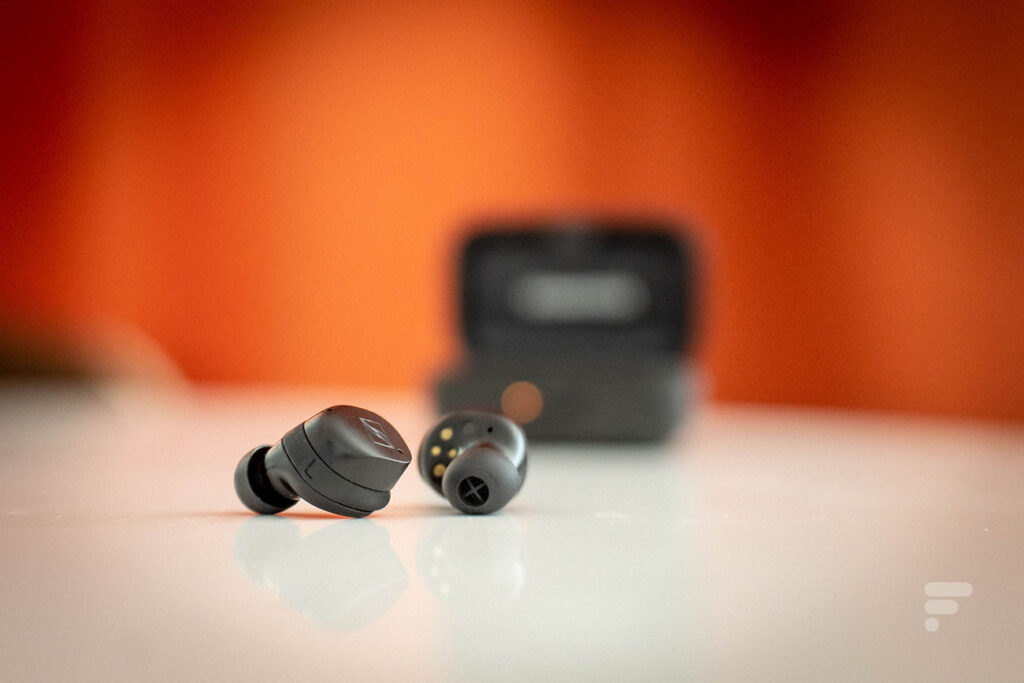At Google I/O, Google announced three major new features for managing wireless headphones and earphones on Android: automatic source switching, spatial audio and lower latency thanks to Bluetooth LE Audio .

As expected, Google took advantage of the opening of its Google I/O conference on Wednesday to unveil several new audio features that have already been expected for several months. The firm presented its function “Audio Switching”which could be translated as audio failover« .
Concretely, the Mountain View firm has detailed the operation of this new option which will be deployed » in the coming months « . Similar to what some Bluetooth headsets or wireless earphones compatible with multipoint Bluetooth offer, Google will launch a function allowing certain headsets and earphones to easily connect to two sources. It’s not really multipoint Bluetooth in the sense that devices will only be connected to one device, but a way to easily switch from smartphone to smartphone or Android smartphone to tablet.

Google took advantage of its Google I / O opening conference to announce the deployment of this feature on several Sony, JBL and Pixel headphones and earphones. In addition, a partnership with Qualcomm is also planned. This should allow this functionality to arrive on helmets or headphones with a Bluetooth controller designed by the American equipment manufacturer. As a reminder, this is the case at Jabra, Xiaomi, Audio-Technica, Sennheiser or Bang & Olufsen.
The arrival of spatial audio and Bluetooth LE Audio
In addition to this ersatz multipoint Bluetooth, Google took advantage of its conference to announce a novelty that was also particularly awaited: spatial audio with tracking of head movements. Similar to what Apple offers with its own headphones, Google announces that Android smartphones will be able to manage the rotation of the user’s head to further push 3D audio. If it was already possible to enjoy a sound rendering in spatialized audio on Deezer, Apple Music, Tidal or Amazon Music thanks to Sony 360 Reality Audio or Dolby Atmos, head movements were however not taken into account. This will now be the case on compatible headphones and earphones.
Finally, the latest innovation announced in the field of audio for Android 13, the arrival of Bluetooth LE Audio. This new version of Bluetooth LE will in particular significantly reduce the latency of compatible headphones and earphones.
On this front, Google has announced a collaboration with Qualcomm, but also with several smartphone manufacturers such as Samsung, OnePlus and Sony. We can therefore expect a deployment of Bluetooth LE Audio at several smartphone manufacturers in the coming months thanks to updates.
It should be noted that these various new features were eagerly awaited. Last January, during CES in Las Vegas, Google had already announced the imminent arrival of 3D audio and automatic source switching, but without giving details as to the planned timetable. We now know that we can expect a deployment in the coming months, when Android 13 is released.
To follow us, we invite you to download our Android and iOS application. You can read our articles, files, and watch our latest YouTube videos.

